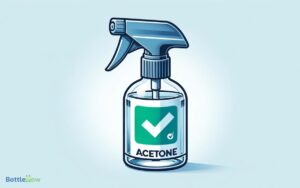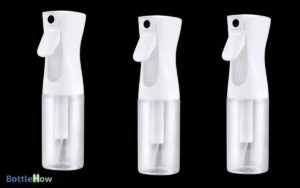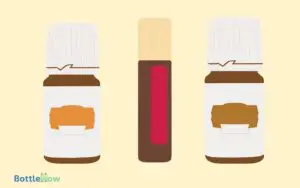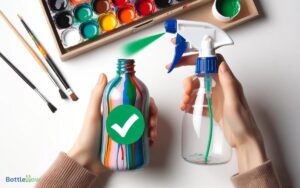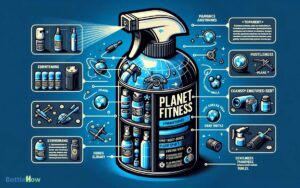Why Do Cats Hate Spray Bottles? Explained!
Cats hate spray bottles because their skin and fur aren’t water-resistant, making sudden wetness uncomfortable.
The hissing sound of the spray can startle them, triggering stress responses reminiscent of natural dangers.
Disruptions from spray bottles can interfere with their grooming, essential for temperature regulation and overall health.
This method of behavior correction can result in chronic anxiety, leading to further health complications.
Additionally, repeated use fosters negative associations and erodes trust, causing behavioral changes like aggression or hiding.
Adopting positive reinforcement techniques can yield more effective and humane results for both you and your cat. Interested in alternative methods?
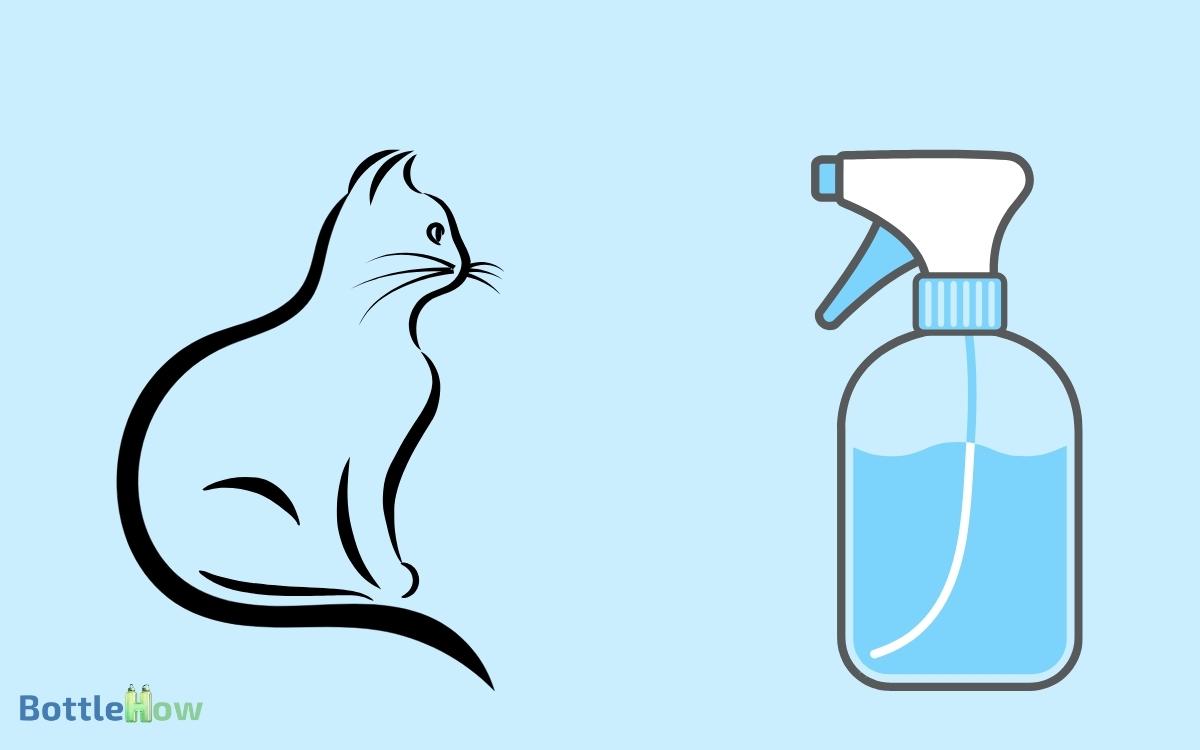
Key Takeaways
Sensitivity to Water
Cats’ heightened sensitivity to water, particularly its sudden contact with their fur, can trigger a stress response. This reaction is due to their unique skin structure and fur composition.
Cats’ fur isn’t as water-resistant as some other animals, causing the moisture to penetrate and make them feel cold and uncomfortable.
Moreover, the unexpected wetness can activate their fight-or-flight response, leading to increased cortisol levels and anxiety.
Understanding this physiological reaction is essential for caregivers who wish to minimize stress in feline companions.
Instead of using spray bottles for behavioral correction, consider alternative methods that respect their sensitivity.
Employing positive reinforcement and environmental modifications can help maintain a harmonious and stress-free relationship with your cat, ensuring their well-being and comfort.
Startling Sound
The sudden hissing sound produced by a spray bottle can startle felines, often resulting in an acute stress response.
This noise mimics natural hissing sounds that signify danger or aggression, triggering your cat’s fight-or-flight response.
When a cat hears this sound, it can cause a spike in cortisol levels, leading to heightened anxiety and fear.
Prolonged exposure to such stressors can have detrimental effects on your cat’s overall well-being, including behavioral changes and health issues.
Disruption of Grooming
When you use a spray bottle to discipline your cat, you disrupt its natural grooming behavior, which can lead to increased stress and potential health issues.
Grooming is essential for cats; it helps regulate body temperature, remove parasites, and maintain skin health.
Interrupting this behavior with sudden sprays can cause anxiety and stress, which might result in over-grooming or, conversely, neglect of grooming.
Both scenarios can predispose your cat to dermatological issues such as dermatitis or infections.
Stress-induced grooming disruptions can also affect your cat’s overall well-being, leading to further medical complications.
By understanding the importance of grooming, you can better appreciate why alternative, less invasive methods of behavior correction are advisable for your feline companion.
Negative Associations
When you use a spray bottle on a cat, you create a fear-inducing experience that can lead to negative associations. The sudden burst of water acts as an unpleasant sensory trigger, causing distress.
Over time, this can result in conditioned avoidance behavior, where your cat may become anxious or fearful even in the absence of the spray bottle.
Fear-Inducing Experience
Spray bottles can trigger a fear response in cats due to the negative associations formed from previous experiences.
When you use a spray bottle, your cat may link the unpleasant sensation with you, causing stress and anxiety.
Behavioral studies indicate that this method can exacerbate fear-related behaviors rather than correct them.
Cats have a strong capacity for associative learning, meaning they quickly connect the spray with an adverse event. Over time, this can lead to heightened anxiety, avoidance behaviors, and even aggression.
To foster a positive environment, consider alternative behavior modification techniques that promote trust and security.
Utilizing positive reinforcement strategies can effectively address undesirable behaviors without causing psychological harm to your feline companion.
Unpleasant Sensory Trigger
The spray bottle not only induces fear but also serves as an unpleasant sensory trigger that creates strong negative associations for your cat. When water is sprayed, it impacts the cat’s sensitive skin and fur, causing discomfort.
This negative sensory experience is compounded by the sudden nature of the spray, which can startle and distress your feline companion.
Over time, these experiences can lead to stress and anxiety, adversely affecting the cat’s well-being.
Consider the sensory impacts:
| Sensory Aspect | Cat’s Reaction | Negative Outcome |
|---|---|---|
| Suddenness | Startling | Increased anxiety |
| Cold Temperature | Discomfort | Stress response |
| Wet Fur | Irritation | Negative association |
Understanding these sensory triggers can help you seek more compassionate methods to guide feline behavior.
Conditioned Avoidance Behavior
Consistent use of spray bottles can lead to conditioned avoidance behavior in cats, where they associate specific actions or environments with negative consequences.
This behavioral conditioning occurs through classical conditioning, as demonstrated by Pavlov’s experiments.
When you repeatedly spray your cat for certain behaviors, they begin to link those behaviors—or the environment where they occur—with the unpleasant stimulus of being sprayed. Over time, this can create a state of chronic stress or anxiety in your feline companion.
Studies have shown that such negative reinforcement can lead to behavioral issues, such as aggression or withdrawal.
Instead, consider positive reinforcement techniques to encourage desirable behaviors, thereby fostering a healthier and more trusting relationship with your cat.
Stress and Anxiety
Exposure to spray bottles can trigger significant stress and anxiety in cats, often leading to behavioral and health issues.
When a cat experiences repeated exposure to this aversive stimulus, it can result in chronic stress, manifesting in various ways.
Consider the following:
- Behavioral Changes: Increased aggression, hiding, or excessive grooming.
- Health Issues: Stress-induced illnesses such as urinary tract infections or gastrointestinal problems.
- Emotional Distress: Heightened anxiety levels, leading to a decreased quality of life.
Implementing more humane and positive reinforcement techniques can mitigate these adverse effects, promoting your cat’s well-being.
Utilizing evidence-based strategies won’t only help you address undesirable behaviors but also foster a supportive and nurturing environment for your feline companion.
Territorial Instincts
Due to their innate territorial instincts, cats often exhibit behaviors aimed at marking and defending their domain. When you use a spray bottle, it disrupts their sense of control over their territory.
This can lead to heightened stress responses, as their natural inclination is to maintain a secure and stable environment.
Spray bottles introduce an element of unpredictability, which can exacerbate their territorial aggression or withdrawal behaviors.
Additionally, the sudden application of water can be perceived as a direct threat, triggering a fight-or-flight response.
Understanding these instinctual behaviors can help you adopt more compassionate and effective training methods, ensuring your cat feels secure while you address undesirable behaviors without compromising their territorial integrity.
Loss of Trust
When you frequently use a spray bottle, your cat may begin to associate you with the negative experience, leading to a significant loss of trust.
This behavioral response is rooted in the cat’s amygdala, the brain region responsible for fear processing.
As a result, you may observe:
- Avoidance behaviors: Your cat might hide or evade you more frequently.
- Increased anxiety: Symptoms include restlessness, excessive grooming, or vocalizations.
- Aggression: Fear-induced aggression can manifest as hissing, scratching, or biting.
Such responses indicate a deteriorating human-animal bond, undermining the trust essential for a healthy relationship.
Evidence-based approaches suggest that trust is vital for effective animal training and welfare. Misusing aversive stimuli like spray bottles can compromise this trust, leading to long-term behavioral issues.
Alternative Training Methods
Instead of using aversive techniques like spray bottles, you can employ positive reinforcement to effectively train your cat. This approach involves rewarding good behavior with treats, praise, or playtime, which helps your cat associate positive actions with enjoyable outcomes. Many cat owners wonder, is a spray bottle good for training, but it often leads to fear and stress rather than learning. By focusing on encouragement and rewards, you can build a trusting relationship with your cat while promoting desirable behaviors.
Positive reinforcement involves rewarding desired behaviors, making them more likely to recur. Techniques such as clicker training, using treats, and verbal praise are evidence-based methods proven to be effective. These methods foster trust and improve the human-animal bond.
| Technique | Description | Benefits |
|---|---|---|
| Clicker Training | Uses a click sound followed by a reward | Enhances learning and focus |
| Treats | Provides a food reward for desired behavior | Immediate reinforcement |
| Verbal Praise | Uses affirmative words to reward good behavior | Strengthens emotional connection |
Understanding Feline Behavior
Understanding feline behavior requires recognizing the instinctual and environmental factors that drive your cat’s actions.
Cats are inherently territorial, and their behavior often reflects a need to establish and maintain control over their environment.
To better understand your cat’s actions, consider the following:
- Instinctual Behaviors: Cats have innate hunting and predatory instincts, leading to actions like stalking and pouncing.
- Stress Responses: Changes in their environment or routine can trigger stress, resulting in behaviors such as hiding or aggression.
- Social Interactions: Cats communicate through body language and vocalizations, which can be misinterpreted without proper knowledge.
Building Positive Habits
Fostering positive habits in cats involves consistent reinforcement of desired behaviors through evidence-based training techniques.
Utilizing positive reinforcement, such as treats or affection, immediately following the desired behavior is crucial to strengthen the association. Avoid punitive measures like spray bottles, which can induce stress and anxiety.
Here’s a quick reference table:
| Behavior | Positive Reinforcement | Outcome |
|---|---|---|
| Using the litter box | Treats or praise | Consistent litter use |
| Scratching posts | Playtime or treats | Reduced furniture damage |
| Coming when called | Affection or treats | Improved recall |
Implementing these strategies creates a secure and trusting environment, enhancing overall feline well-being and harmonious coexistence. Remember, patience and consistency are key in building lasting positive habits.
Conclusion
Ironically, while you might think using a spray bottle is a harmless way to correct your cat’s behavior, it triggers a cascade of stress responses. Sensitivity to water, startling sounds, and disrupted grooming only scratch the surface.
This method can erode trust and foster negative associations, ultimately compromising your bond.
Instead, evidence-based, positive reinforcement techniques align better with feline psychology, promoting harmonious cohabitation. So, ditch the spray bottle and invest in understanding your feline friend’s unique needs.

